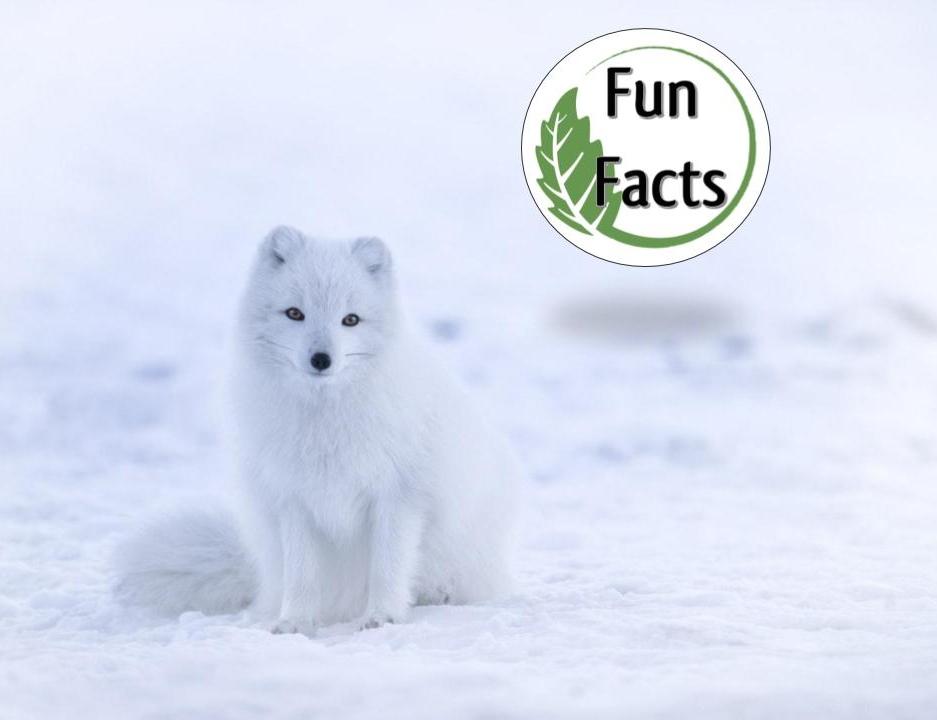By: Shawny Eckert
Photo by: Jonatan Pie
As temperatures drop in the fall, you may notice that the leaves aren’t the only things changing colour! Many animals in cold northern climates exchange their darker summer colours for a pure white. Scientists have different theories on why animals may change their colours with the seasons. One of the more common ideas is that they do this for camouflage. In the summer, a darker coat will help the animal blend in with the ground and trees. However in the winter, when everything is covered with a layer of snow, a darker coat would stand out and the animal would be easy prey! Another theory is that a pale coat might have better insulating properties. White fur contains no melanin, which is the substance responsible for coloured hair. This leaves air spaces in the hair shaft, creating better insulating properties. In Canada, there are a handful of animals that go through this colour change every year. Here are a few of the iconic Canadian species that go through this transition!
Photo by: Denali National Park and Preserve
Hares
The Arctic hare (Lepus arcticus), mountain hare (Lepus timidus), and snowshoe hare (Lepus americanus) all turn from brown or grayish to stark white in the winter. Studies have shown that this transition is linked to the photoperiod (the light received during the day). As the days get shorter, the hare’s brain will stimulate the transition from brown to white. The colour change can take up to 10 weeks to complete!
Photo by: Gerald Romanchuk
Weasels
There are three species of weasels that change from brown to white in the winter, including the least weasel (Mustela nivalis), the long-tailed weasel (Mustela frenata), and the short-tailed weasel, (Mustela erminea). One interesting thing to note about weasels is that the southern populations usually do not change colour. In transition zones, the weasels may only partially change colour!
Photo by: Jonatan Pie
Arctic Foxes
Arctic foxes (Vulpes lagopus) are usually brown to gray in the summer and then transition to stark white in the winter. Interestingly, coastal populations of these animals only lighten slightly in the winter!
Collared Lemmings
Collared Lemmings (Dicrostonyx groenlandicus complex) turn from brown or gray in the summer to white in the winter This species spends most of their time under the snow, which would seem to make the colour change unnecessary!
Peary Caribou
There is one subspecies of caribou in the High Arctic of Canada and Greenland, which change from silvery brown in the summer to white in the winter. Peary caribou (Rangifer tarandus pearyi) are the only subspecies of caribou to undergo this change.





